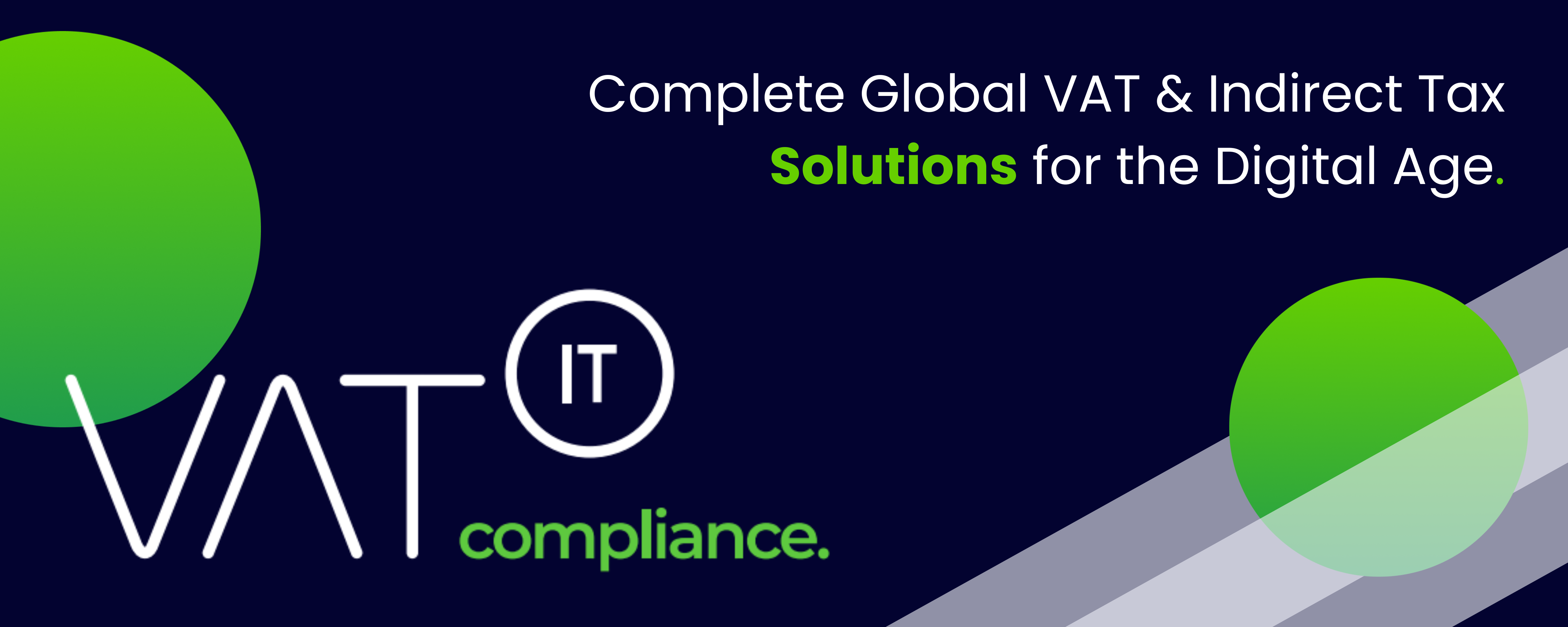On April 28, 2016, the ECJ issued its decision in the case C-128/14 (Het Oudeland Beheer).
Context: Reference for a preliminary ruling — Taxation — VAT — Taxable transactions — Application for the purposes of the business of goods acquired ‘in the course of the business’ — Treatment as supplies effected for consideration — Taxable amount
Article in the EU VAT Directive
Article 11A(1)(b) of the Sixth Directive (Article 74 of the EU VAT Directive 2006/112/EC).
Article 74 (Taxable amount)
Where a taxable person applies or disposes of goods forming part of his business assets, or where goods are retained by a taxable person, or by his successors, when his taxable economic activity ceases, as referred to in Articles 16 and 18, the taxable amount shall be the purchase price of the goods or of similar goods or, in the absence of a purchase price, the cost price, determined at the time when the application, disposal or retention takes place.
Facts
- On 8 March 2004, Oudeland concluded, as lessee, a long leasehold agreement over a plot of land and an office building under construction on that land (‘the office building in question’), in return for payment of rent due in advance of each year (‘the annual ground rent’). The term of the lease was set at 20 years for an annual ground rent of EUR 330 000.
- In accordance with Article 3(2) of the Wet OB, a provision based on Article 5(3)(b) of the Sixth Directive, the grant of a long leasehold was treated as the supply of immovable property for the purposes of levying value-added tax (VAT) and therefore subject to that tax. Under Article 8(5)(b) of that law, read in conjunction with Article 5(5) of the Implementation Order, the taxable amount of a supply such as that at issue in the main proceedings includes the value of the long leasehold, calculated in accordance with Annex A(b) of the Implementation Order, that is, the capitalised value of the ground rent as a whole. In the present case, the value of the long leasehold was set at EUR 3 844 500.
- As a result, VAT was charged on the grant of the long leasehold at issue in the main proceedings. Oudeland paid the tax in the amount of EUR 730 455 to the trader with which it concluded the long leasehold agreement in question and deducted that amount in its VAT return for March 2004.
- Following the grant of the long leasehold, Oudeland had the construction of the office building in question completed, whereupon it was delivered to Oudeland as completed office premises. The cost of completing the office premises was EUR 1 571 749. Of that amount, Oudeland paid and immediately deducted EUR 298 632 in VAT. During the completion of the building, the first annual ground rent fell due and was paid by Oudeland.
- Oudeland granted ordinary leases over the office building in question from 1 June 2004. In accordance with the applicable national legislation, which is based on Article 13C(a) of the Sixth Directive, Oudeland opted, for part of the office building and with the agreement of its lessees, to waive the VAT exemption available for the leasing of immovable property. The remainder of the building leased was exempted from VAT.
- Oudeland assumed that the grant of a lease over the office building in question had to be treated as a supply, for the purposes of its business, of goods produced in the course of such business, within the meaning of Article 3(1)(h) of the Wet OB and of Article 5(7)(a) of the Sixth Directive. It paid VAT on the part of the building covered by the VAT exemption, in respect of which it therefore had no right of deduction. In its VAT return, Oudeland had calculated the taxable amount of the supply at issue in the main proceedings as the whole cost, excluding VAT, of completing the building plus the annual ground rent already due at the time of the supply.
- The tax authorities took the view that the taxable amount of the grant of the lease over the office building at issue had to be based on the cost of completing the building plus the capitalised value of the ground rent as a whole. A notice of additional assessment, for the period of 1 to 30 June 2004, was issued to Oudeland for an amount equal to the difference between the taxable amount calculated by Oudeland and the taxable amount calculated by the tax authorities. Despite the objection lodged by Oudeland, the notice has maintained.
- Since the action brought by Oudeland against the decision rejecting its objection was dismissed as unfounded in a judgment of the Rechtbank te ’s-Gravenhage (District Court, The Hague, Netherlands), Oudeland brought an appeal against that judgment before the Gerechtshof te ’s-Gravenhage (Regional Court of Appeal, The Hague, Netherlands).
- That appellate court held that, under Article 8(3) of the Wet OB, the taxable amount of the supplies, within the meaning of Article 3(1)(h) of that law, included the cost price of the land that Oudeland held under the long leasehold agreement concluded and that, in that regard, it was necessary to take as a basis the value that the land had for Oudeland at the time of the supply referred to in Article 3(1)(h) of the Wet OB. In addition, according to that court, that value could not be equated to the value that the land would have represented at that time to an owner but had to be limited to the annual ground rent paid prior to completion of the office building in question.
- The Gerechtshof te ’s-Gravenhage (Regional Court of Appeal, The Hague) therefore set aside the judgment of the Rechtbank te ’s-Gravenhage (District Court, The Hague), annulling the decision of the tax authorities to reject Oudeland’s objection and the notice of additional assessment issued to that company.
- The Secretary of State for Finance brought an appeal on a point of law before the Hoge Raad der Nederlanden (Supreme Court of the Netherlands) against the judgment of the regional court of appeal.
- The appeal on a point of law concerning the parties in the main proceedings relates to how the taxable amount of a supply, within the meaning of Article 5(7)(a) of the Sixth Directive, should be calculated. Whereas Oudeland submits that only those costs incurred by the date of supply, namely the amount of the annual ground rent which had fallen due by that date, and the cost of completing the office building in question, should be included in the taxable amount, the Secretary of State for Finance submits that the taxable amount of the value of the long leasehold should be based on the capitalised value of the ground rent as a whole.
- The referring court wishes to know whether, in accordance with the judgment of 8 November 2012 in Gemeente Vlaardingen (C‑299/11, EU:C:2012:698), the elements of the cost price on which VAT has been paid, namely the value of the long leasehold and the cost of completing the office building in question, should be excluded from the taxable amount and whether the same applies where a taxable person has, on the basis of the national legislation, deducted immediately and in full the VAT paid.
- If the elements of the cost price referred to in the previous paragraph must be included in the taxable amount referred to in Article 8(3) of the Wet OB, read in conjunction with Article 11A(1)(b) of the Sixth Directive, the referring court wishes to know how that taxable amount must be calculated in relation to a long leasehold and, in particular, how the value of ground rent due over time under a long leasehold is included in the taxable amount of a supply, within the meaning of Article 5(7)(a) of the Sixth Directive.
Questions
(1) Must Article 11A(1)(b) of the Sixth Directive be interpreted as meaning that the cost price of land or other substances or materials in respect of which the taxable person has paid VAT in respect of their acquisition, in this case through the grant of a right in rem to use immovable property, is not part of the taxable amount in respect of a supply within the meaning of Article 5(7)(a) of the Sixth Directive? Is the position different if the taxable person has deducted this VAT on the basis of national law — whether or not in conflict with the Sixth Directive in that respect — upon that acquisition?
(2) In a case such as the present one, in which land with a building under construction is acquired with the grant of a right in rem referred to in Article 5(3)(b) of the Sixth Directive, must Article 11A(1)(b) of the Sixth Directive be interpreted as meaning that the value of the ground rent, that is to say the value of the annual amounts to be paid for the duration or remainder of the duration of the right in rem, is part of the taxable amount of a supply within the meaning of Article 5(7)(a) of the Sixth Directive?
AG Opinion
(1) Articles 5(7)(a) and 11(A)(1)(b) of Sixth Council Directive 77/388/EEC of 17 May 1977 on the harmonisation of the laws of the Member States relating to turnover taxes — Common system of value added tax: uniform basis of assessment must be interpreted as meaning that the application by a taxable person, for the purposes of an economic activity exempt from value added tax, of immoveable property built on land over which the taxable person has acquired a right in rem entitling him to use that land and immoveable property, property which he had a third party complete, can be subject to value added tax calculated on the basis of a taxable amount comprising the value of the right in rem acquired and the costs of completing the property, where the taxable person has already paid the value added tax relating to that value and those costs, value added tax which he has also already deducted in full.
(2) In a case such as that at issue in the main proceedings, in which the taxable person has acquired land with a building under construction through the grant of a right in rem, Article 11(A)(1)(b) of Directive 77/388 is to be interpreted as meaning that the value of this right in rem, which has to be included in the taxable amount of a supply, for the purposes of Article 5(7)(a) thereof, must correspond to the overall value of the amounts outstanding for payment under the annual ground rent at the time of the application of the goods.
Decision
1. Article 11A(1)(b) of Sixth Council Directive 77/388/EEC of 17 May 1977 on the harmonisation of the laws of the Member States relating to turnover taxes — Common system of value added tax: uniform basis of assessment, as amended by Council Directive 95/7/EC of 10 April 1995 must be interpreted as meaning that the value of a right in rem granting its holder a right of use over immovable property and the cost of completing the office building built on the land in question may be included in the taxable amount of a supply, within the meaning of Article 5(7)(a) of that directive, as amended, where the taxable person has already paid value added tax on that value and that cost, but also deducted the value added tax immediately and in full.
2. In a situation such as that at issue in the main proceedings, where land and a building under construction on that land have been acquired with the grant of a right in rem granting its holder a right of use over such immovable property, Article 11A(1)(b) of Sixth Directive 77/388, as amended, must be interpreted as meaning that the value of that right in rem to be taken in account in calculating the taxable amount of a supply, within the meaning of Article 5(7)(a) of that directive, corresponds to the value of the amount to be paid in consideration each year for the remainder of the long lease granting the right in rem, as corrected or capitalised according to the same method used to determine the value of the grant of the long leasehold.
Summary
The value of a right in rem which gives the rightholder the power to use immovable property, as well as the costs of finishing an office building built on the plot of land concerned, can be included in the taxable amount of an integration supply, if the taxable person has already paid the VAT on this value and these costs, but has also deducted it immediately and in full.
In a situation such as that in the main proceedings, where a parcel of land and a building under construction on that parcel have been acquired with the creation of a right in rem giving the rightholder the right to use those immovable property, the value of that right in rem must be to be included in the taxable amount of an integration delivery, corresponds to the value of the amounts to be paid annually in consideration, during the remaining term of the long lease with which that right in rem is established, adjusted or capitalized according to the same method as for the determination of the value of the establishment of the long lease.
Source:
Similar ECJ cases
Newsletters















